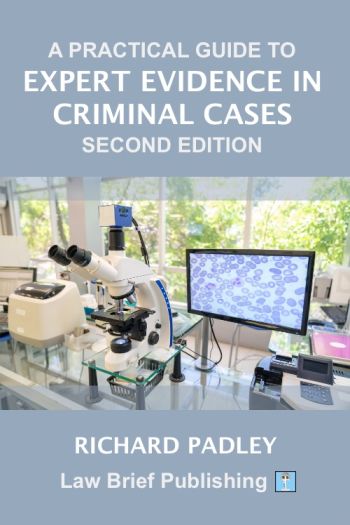
In recent times the use of expert evidence has hit the headlines when scrutiny over the expert’s qualifications and experience has undermined the credibility of their evidence. This has rapidly become an area of law that practitioners cannot afford to get wrong.
This book takes the practitioner through all stages of the process from initial identification of the need for expert evidence, through to maximising the benefit of this evidence at trial. It considers the practical steps required for adducing expert evidence at trial (noting the appropriate procedure rules and practice directions), and how this can most appropriately be presented to the tribunal (including references to key authorities as appropriate).
The second edition of this book provides an update in relation to matters of admissibility and the use of expert evidence, but also expands on the types of expert evidence that practitioners may come across in their own work. It aims to provide the practitioner with a level of understanding of these fields that can be used to build confidence when tackling an expert report and challenging an expert in court. With that in mind it suitable for both junior practitioners coming across these areas of expertise for the first time and seeking to build their knowledge afresh, as well as the more seasoned practitioner seeking to refresh their knowledge as well as understanding some of the greater detail surrounding the various fields of expertise.